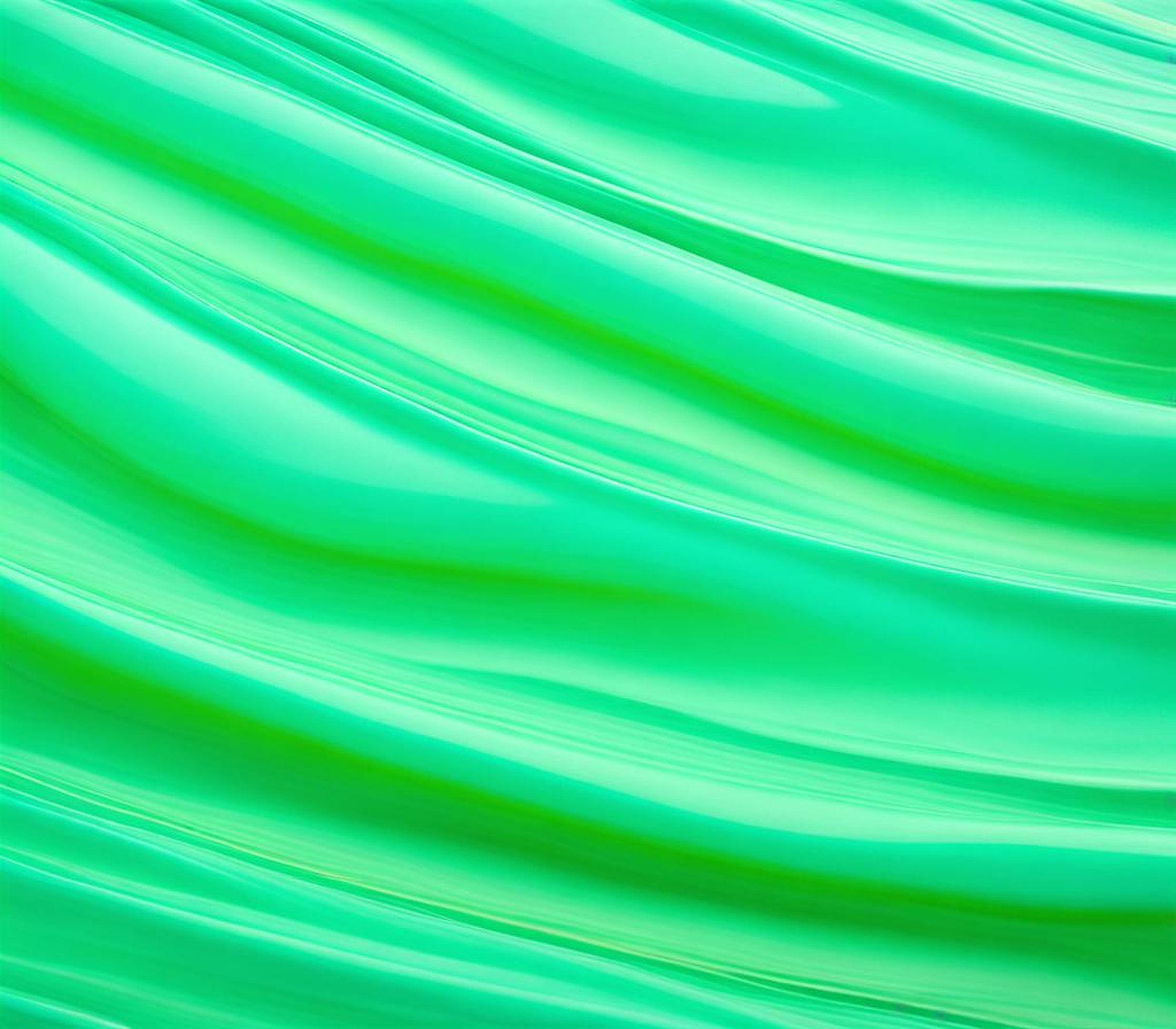Are you captivated by the serene charm of seafoam green? This cool, tranquil hue evokes images of crashing waves and sun-kissed shores. Whether you’re a seasoned artist or a DIY enthusiast, recreating this enchanting color can be a breeze with the right guidance. Today, I’ll demystify the process of achieving that coveted seafoam green tint, empowering you to infuse your projects with a touch of coastal bliss.
Understanding Seafoam Green: Definition and Origins
Before we dive into the heart of our seafoam green concoction, let’s unravel the captivating essence of this shade. Seafoam green, also known as aquamarine or mint green, is a soft, muted hue that beautifully straddles the line between blue and green. Its origins can be traced back to the frothy, sea-sprayed foam that adorns the ocean’s surface, casting a mesmerizing, naturalistic allure.
This soothing color evokes a sense of tranquility and rejuvenation, making it an ideal choice for interior design, fashion, and art projects alike. Whether you’re aiming to create a serene oasis within your living space or infuse your creative endeavors with a calming coastal vibe, seafoam green is a versatile and timeless choice.
Seafoam Green Color Palette: Shades, Tints, and Variations
The beauty of seafoam green lies in its captivating range of shades and tints. From the soft, muted hues reminiscent of gentle ocean waves to the vibrant, energetic tones that capture the essence of tropical waters, this color palette offers something for every artistic vision.

Here’s a glimpse into the mesmerizing variations that seafoam green has to offer:
- Pale seafoam: A delicate, ethereal shade that exudes serenity and grace.
- Mint seafoam: A refreshing, crisp hue with a hint of coolness, perfect for creating a rejuvenating ambiance.
- Seafoam teal: A bold, striking variation that combines the depth of blue with the vibrancy of green, evoking the allure of crystal-clear waters.
- Seafoam sage: A earthy, muted tone that pays homage to the natural world, seamlessly blending seafoam green with subtle undertones of gray.
No matter which variation you choose, the seafoam green palette promises to infuse your projects with a touch of natural beauty and coastal charm.
How to Make Seafoam Green Paint: Step-by-Step Guide
Now that we’ve explored the mesmerizing world of seafoam green, it’s time to roll up our sleeves and dive into the art of creating this captivating hue. While pre-mixed seafoam green paints are readily available in the market, there’s something truly rewarding about crafting your own unique shade. Follow this step-by-step guide to unleash your inner artist and create a seafoam green masterpiece:
Step 1: Gather your supplies. You’ll need acrylic or gouache paints in blue and yellow (or a green base), a palette, and a mixing container. Ensure you have sufficient paint quantities to achieve the desired shade.
Step 2: Start with a green base. If you have a green paint on hand, use it as your foundation. If not, mix equal parts blue and yellow to create a vibrant green hue.
Step 3: Add a touch of blue. To achieve the cool, serene undertones of seafoam green, gradually add small amounts of blue paint to your green base. Mix thoroughly after each addition, observing the color shift until you reach the desired seafoam hue.
Step 4: Adjust the shade with white or yellow. If your seafoam green appears too dark or vibrant, lighten it by adding a touch of white paint. Conversely, if you want a warmer, more vibrant seafoam green, introduce a hint of yellow.
Step 5: Experiment with variations. Once you’ve mastered the base seafoam green shade, feel free to explore different tints and hues. Incorporate a touch of gray for a muted, earthy seafoam sage, or add a hint of teal for a bold, vibrant seafoam teal variation.
Remember, creating seafoam green is an art form in itself. Embrace the process, trust your artistic instincts, and don’t be afraid to experiment until you achieve the perfect seafoam green hue that resonates with your vision.
With your freshly crafted seafoam green paint, the possibilities are truly endless. This versatile and captivating hue lends itself beautifully to a wide range of creative projects, allowing you to infuse your artistic endeavors with a touch of coastal charm:
- Wall art: Unleash your inner Picasso and create stunning seafoam green wall art pieces that breathe new life into your living spaces.
- Pottery and ceramics: Embrace the calming allure of seafoam green by incorporating it into your pottery and ceramic creations, crafting functional yet aesthetically pleasing pieces.
- Watercolor paintings: Capture the serene beauty of coastal landscapes with seafoam green watercolor paintings that transport you to sun-drenched shores and azure waters.
- Textiles and fashion: Infuse your wardrobe with a touch of seaside sophistication by incorporating seafoam green into your textile designs or fashion accessories.
- Home decor: From seafoam green accent walls to decorative vases and planters, this soothing hue has the power to transform any space into a tranquil oasis.
Regardless of your chosen medium, seafoam green promises to add a touch of natural beauty and coastal charm to your projects, captivating both you and your audience with its serene allure.
| Seafoam Green Shade | Description | Ideal Applications |
|---|---|---|
| Pale Seafoam | Delicate, ethereal hue | Watercolor paintings, wall art |
| Mint Seafoam | Refreshing, crisp tone | Home decor, textiles |
| Seafoam Teal | Bold, striking variation | Fashion accessories, ceramics |
| Seafoam Sage | Earthy, muted undertone | Wall art, pottery |
Embrace the allure of seafoam green and let your creativity flow like the gentle waves of the ocean. Whether you’re a seasoned artist or a DIY enthusiast, this captivating hue promises to infuse your projects with a touch of natural beauty and coastal charm.